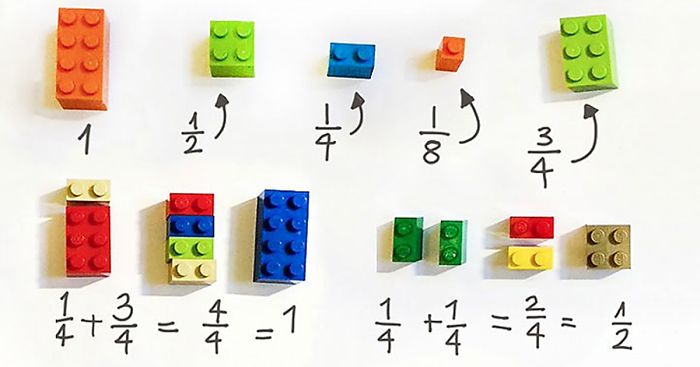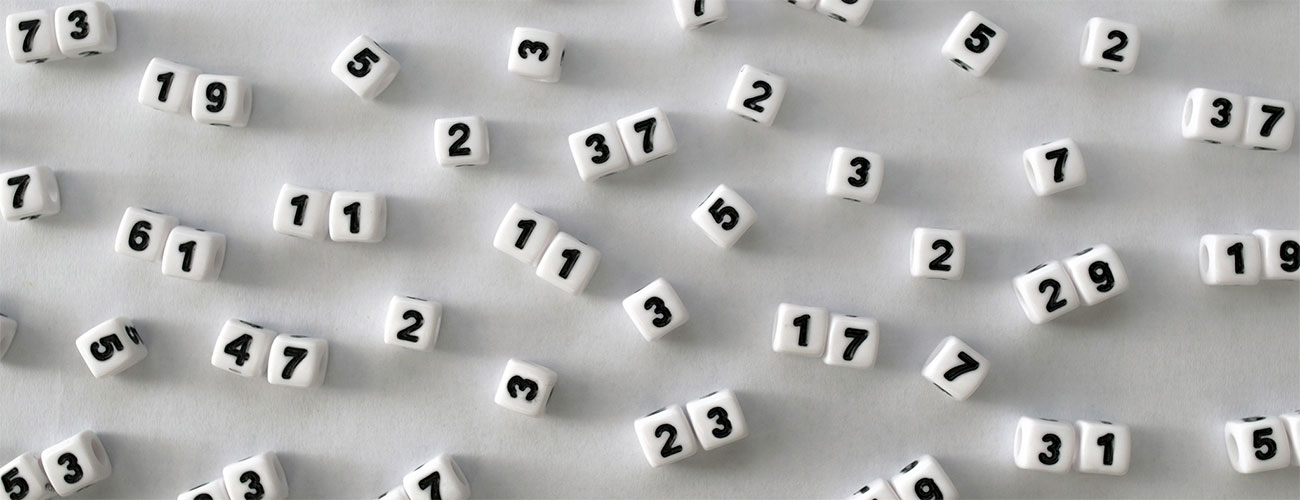Santa gave me 3000 Euros to spend on books. One downside: I have to give him my wish-list before monday. So, I’d better get started. Clearly, any further suggestions you might have will be much appreciated, either in the comments below or more directly via email.
Today I’ll focus on my own interests: algebraic geometry, non-commutative geometry and representation theory. I do own a fair amount of books already which accounts for the obvious omissions in the lists below (such as Hartshorne, Mumford or Eisenbud-Harris in AG, Fulton-Harris in RT or the ‘bibles’ in NCG).
[section_title text=”Algebraic geometry”]

Here, I base myself on (and use quotes from) the excellent answer by Javier Alvarez to the MathOverflow post Best Algebraic Geometry text book? (other than Hartshorne).
In no particular order:
Lectures on Curves, Surfaces and Projective Varieties by Ettore Carletti, Dionisio Gallarati, and Giacomo Monti Bragadin and Mauro C. Beltrametti.
“which starts from the very beginning with a classical geometric style. Very complete (proves Riemann-Roch for curves in an easy language) and concrete in classic constructions needed to understand the reasons about why things are done the way they are in advanced purely algebraic books. There are very few books like this and they should be a must to start learning the subject. (Check out Dolgachev’s review.)”
A Royal Road to Algebraic Geometry by Audun Holme. “This new title is wonderful: it starts by introducing algebraic affine and projective curves and varieties and builds the theory up in the first half of the book as the perfect introduction to Hartshorne’s chapter I. The second half then jumps into a categorical introduction to schemes, bits of cohomology and even glimpses of intersection theory.”
Liu Qing – “Algebraic Geometry and Arithmetic Curves”. “It is a very complete book even introducing some needed commutative algebra and preparing the reader to learn arithmetic geometry like Mordell’s conjecture, Faltings’ or even Fermat-Wiles Theorem.”
Görtz; Wedhorn – Algebraic Geometry I, Schemes with Examples and Exercises. labeled ‘the best on schemes’ by Alvarez. “Tons of stuff on schemes; more complete than Mumford’s Red Book. It does a great job complementing Hartshorne’s treatment of schemes, above all because of the more solvable exercises.”
Kollár – Lectures on Resolution of Singularities. “Great exposition, useful contents and examples on topics one has to deal with sooner or later.”
Kollár; Mori – Birational Geometry of Algebraic Varieties. “Considered as harder to learn from by some students, it has become the standard reference on birational geometry.”
And further, as a follow-up on their previous book on the computational side of AG:
Using Algebraic Geometry by Cox, Little and O’Shea.
[section_title text=”Non-commutative geometry”]
Noncommutative Geometry and Particle Physics by Walter van Suijlekom. Blurb: “This book provides an introduction to noncommutative geometry and presents a number of its recent applications to particle physics. It is intended for graduate students in mathematics/theoretical physics who are new to the field of noncommutative geometry, as well as for researchers in mathematics/theoretical physics with an interest in the physical applications of noncommutative geometry. In the first part, we introduce the main concepts and techniques by studying finite noncommutative spaces, providing a “light” approach to noncommutative geometry. We then proceed with the general framework by defining and analyzing noncommutative spin manifolds and deriving some main results on them, such as the local index formula. In the second part, we show how noncommutative spin manifolds naturally give rise to gauge theories, applying this principle to specific examples. We subsequently geometrically derive abelian and non-abelian Yang-Mills gauge theories, and eventually the full Standard Model of particle physics, and conclude by explaining how noncommutative geometry might indicate how to proceed beyond the Standard Model.”
An Invitation To Noncommutative Geometry by Matilde Marcolli. Blurb: “This is the first existing volume that collects lectures on this important and fast developing subject in mathematics. The lectures are given by leading experts in the field and the range of topics is kept as broad as possible by including both the algebraic and the differential aspects of noncommutative geometry as well as recent applications to theoretical physics and number theory.”
Noncommutative Geometry and Physics: Renormalisation, Motives, Index Theory. Blurb: “This collection of expository articles grew out of the workshop “Number Theory and Physics” held in March 2009 at The Erwin Schrödinger International Institute for Mathematical Physics, Vienna. The common theme of the articles is the influence of ideas from noncommutative geometry (NCG) on subjects ranging from number theory to Lie algebras, index theory, and mathematical physics. Matilde Marcolli’s article gives a survey of relevant aspects of NCG in number theory, building on an introduction to motives for beginners by Jorge Plazas and Sujatha Ramdorai.”
Feynman Motives by Matilde Marcolli. Blurb: “This book presents recent and ongoing research work aimed at understanding the mysterious relation between the computations of Feynman integrals in perturbative quantum field theory and the theory of motives of algebraic varieties and their periods. One of the main questions in the field is understanding when the residues of Feynman integrals in perturbative quantum field theory evaluate to periods of mixed Tate motives.” But then, check out Matilde’s recent FaceBook status-update.
[section_title text=”Representation theory”]
An Introduction to the Langlands Program by J. Bernstein (editor). Blurb: “This book presents a broad, user-friendly introduction to the Langlands program, that is, the theory of automorphic forms and its connection with the theory of L-functions and other fields of mathematics. Each of the twelve chapters focuses on a particular topic devoted to special cases of the program. The book is suitable for graduate students and researchers.”
Representation Theory of Finite Groups: An Introductory Approach by Benjamin Steinberg.
Representation Theory of Finite Monoids by Benjamin Steinberg. Blurb: “This first text on the subject provides a comprehensive introduction to the representation theory of finite monoids. Carefully worked examples and exercises provide the bells and whistles for graduate accessibility, bringing a broad range of advanced readers to the forefront of research in the area. Highlights of the text include applications to probability theory, symbolic dynamics, and automata theory. Comfort with module theory, a familiarity with ordinary group representation theory, and the basics of Wedderburn theory, are prerequisites for advanced graduate level study.”
How am I doing? 914 dollars…
Way to go, same exercise tomorrow. Again, suggestions/warnings welcome!
Leave a Comment





